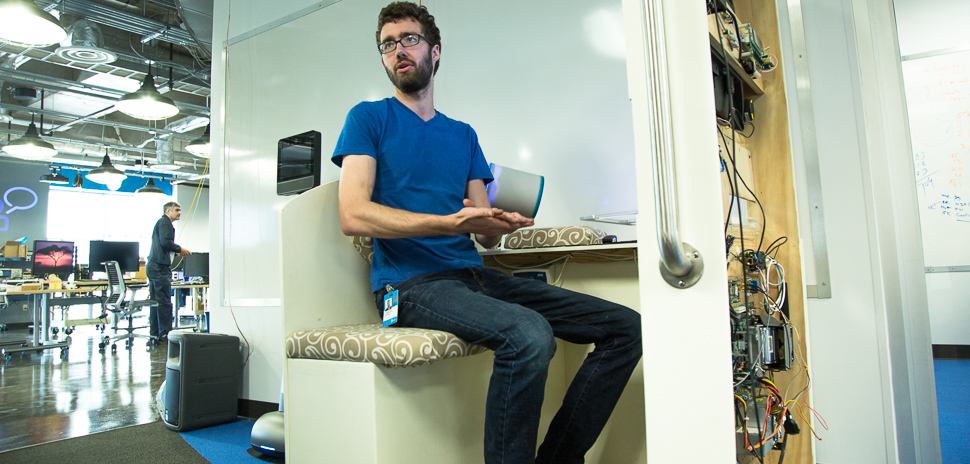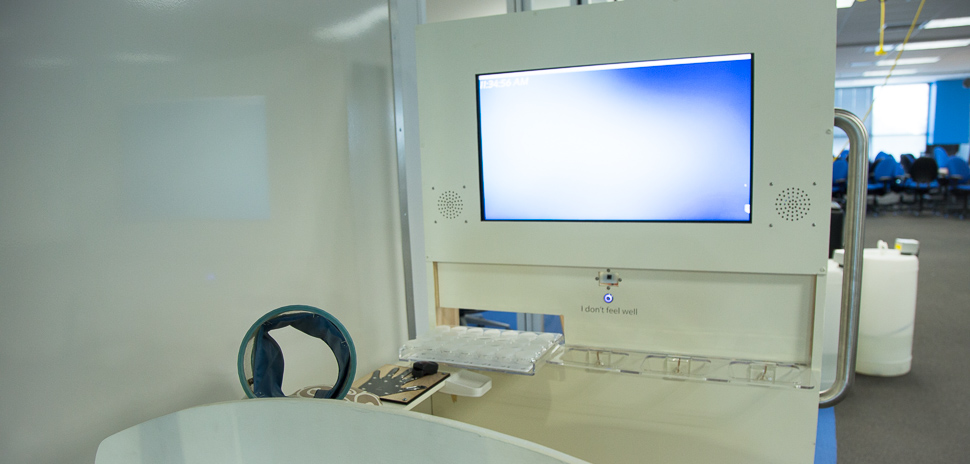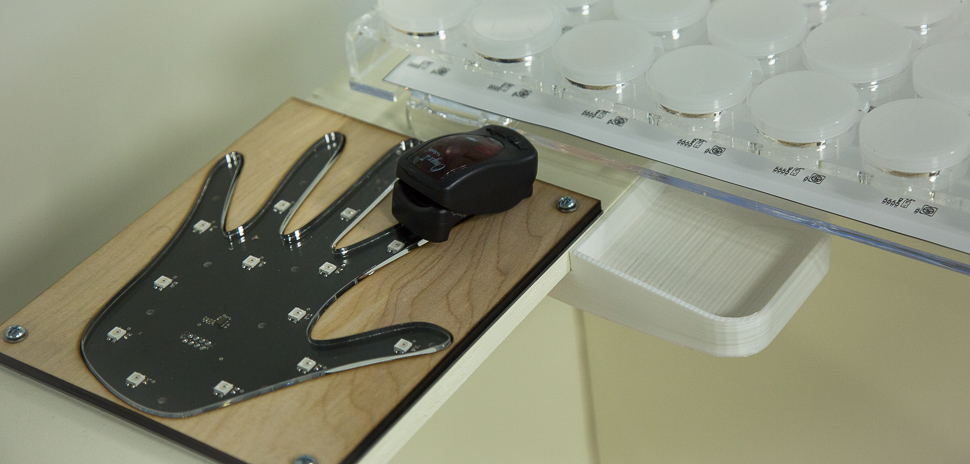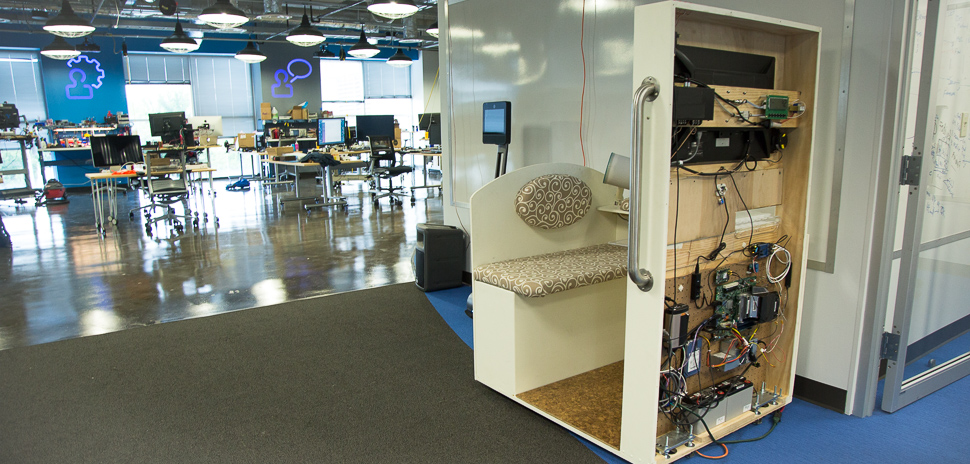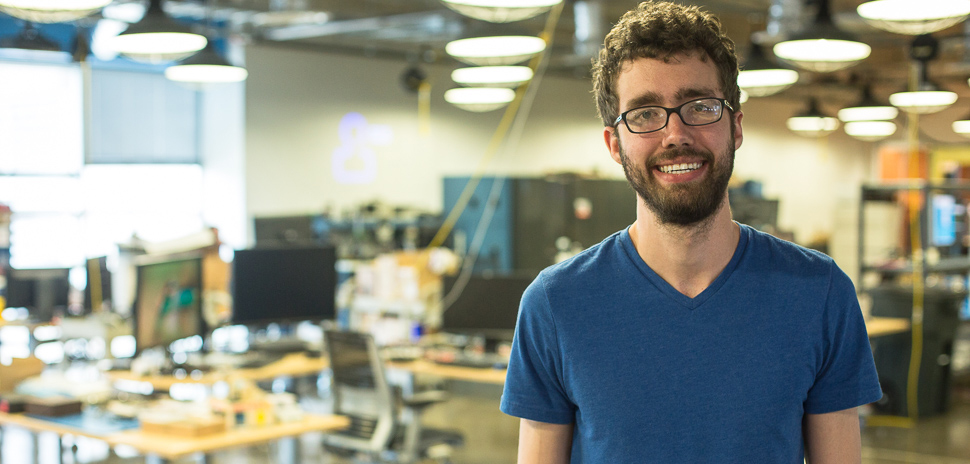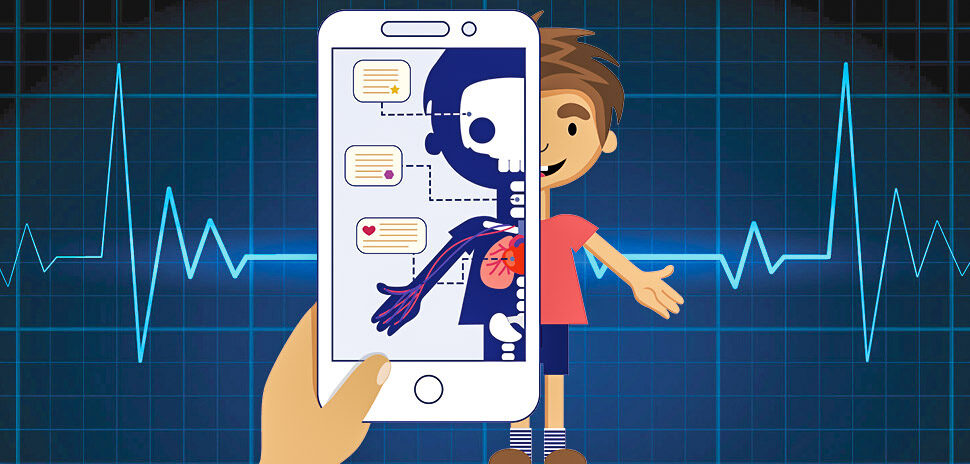A recent graduate from the University of Texas at Dallas collaborated with the AT&T Foundry in Plano to develop an inventive way to approach health care for aging patients.
The Dallas-based telecom company has six innovation centers or foundries around the world that it uses to design and develop advanced technological solutions across industries such as Internet of Things, cybersecurity, and health care.
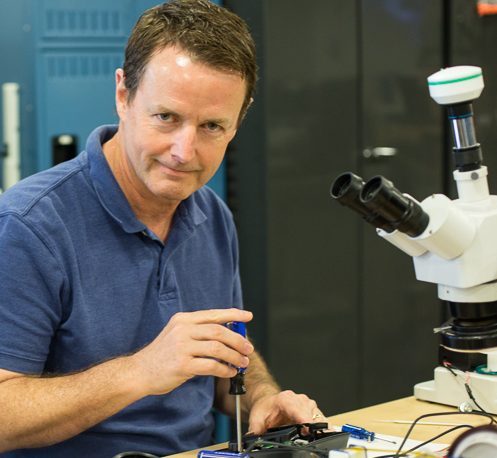
Craig Lee, director of AT&T Foundry in Plano.
Electrical engineering student Camden Krupala was an intern at Plano’s AT&T Foundry looking for a capstone project to complete his senior year.
After some brainstorming, Foundry director Craig Lee shared with him an idea for medical professionals and caregivers to collect and track patients’ health information — particularly patients “aging in place,” or seniors who wish to live independently in their own homes.
That’s when the idea for the “Connected Health Station” was born.
The health monitor device was designed for the home, so it can be readily accessible, Krupala said.
Resembling an open, single-person photo booth, the station collects data such as weight, blood pressure, blood oxygen, and temperature. Although it does not administer any medicine, the station does have a pill dispenser, and it sets reminders for patients to take medication or check vitals.
“It’s not meant to diagnose [patients]. It just fills in gaps of data.”
CAMDEN KRUPALA
“It’s not meant to diagnose [patients],” Krupala said. “It just fills in gaps of data.”
The information collected may then be relayed to caregivers and health care providers for consultation if needed, Lee sad. It’s useful when discerning trends in a patient’s health. The data would be streamed through a secure LTE network to a HIPAA-compliant AT&T server system.
CREATING SIMPLE, USER-FRIENDLY INTERFACES
But all its capabilities wouldn’t matter if patients couldn’t use it, he said. That’s why it was so important to make the station as simple as possible.
“We didn’t want to have a lot of these instruments, measurement devices you buy from the store at like Walgreens that have really complicated interfaces and a lot of buttons, so we wanted to take all those aspects away and strip it down,” Krupala said.
A single button, labeled “I don’t feel well,” allows users to launch video calls to physicians or family members for help. The station would be pre-configured to make such calls, so it’s ready for use with minimal setup. The goal was to make it as automated as it can be.
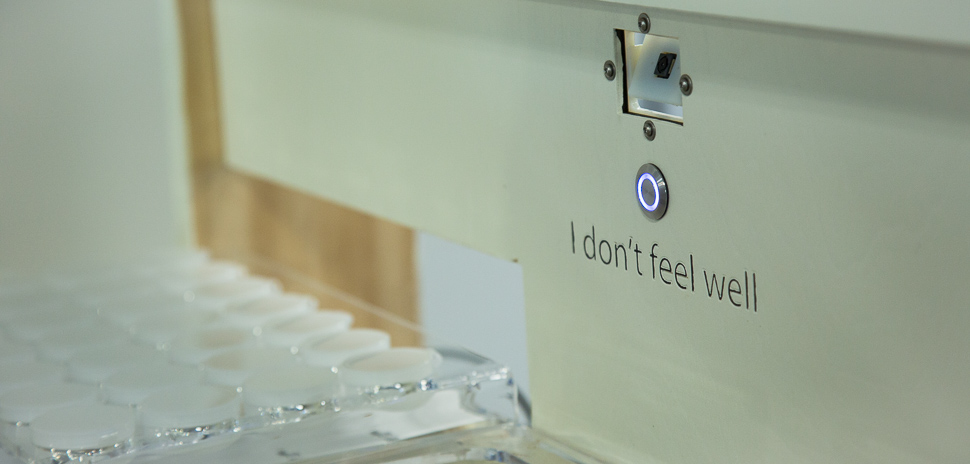
[Photo: Chase Mardis]
“The idea is that it’s completely hands-off for the person’s home that it’s being dropped into, which is why we also have the AT&T cellular built in so they don’t have to worry about having Wi-Fi in their home,” Krupala said.
STATION CAN BE PERSONALIZED TO PATIENTS’ NEEDS
When designing this proof of concept, the team realized that people have different and continuing needs, Lee said. With that in mind, they made it so that Bluetooth-capable measurement devices may be added to the station. Such devices may also be manually wired in if Bluetooth is not available.
The station is made up of modular components, and devices can be swapped out or added depending on patients’ needs, Lee said. Syncing other devices to the station, though not necessary, has the added benefit of compiling all health information into one integrated data file.
Because the station was created for the home, Krupula said he wanted it to look and feel like a piece of furniture. Choosing to model it in neutral tones and attaching a foam seat and backrest for comfortable support.
The screen, attached to a panel directly in front of the seat, will play video prompts to remind users when it’s time to take vital measurements or to take medications. Caregivers may pre-fill a dispenser, so the exact medicine and dosage is given out.
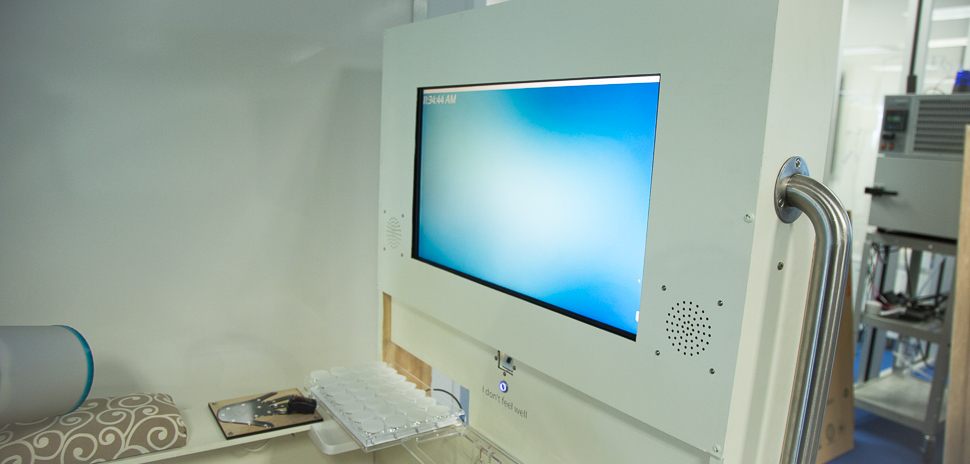
[Photo: Chase Mardis]
As a comfort feature, family members and loved ones can record themselves giving these video and audio cues to make the interaction more soothing and reassuring, Krupula said.
AT&T FOUNDRY CRAFTS TECH SOLUTIONS ACROSS INDUSTRIES
Lee said the Connected Health Station, like other projects the Foundry has worked on, reflects how technology can provide ingenious solutions.
For example, last year, the AT&T Foundry partnered with Red Bull to roll out fleets of connected coolers that log and track information such as cooler performance, cooler location, sales activity, and shopper frequency.
“In many cases we want to be out ahead of the technology, and sometimes it’s taking ordinary elements, but putting them together in a very innovative way.”
CRAIG LEE
The Foundry has also been working on tracking and locating devices, particularly one for luggage, Lee said.
“A lot of what we’re doing at the Foundry is looking at what’s possible, so called ‘the art of the possible,’” he said. “In many cases we want to be out ahead of the technology, and sometimes it’s taking ordinary elements, but putting them together in a very innovative way.”
As for commercializing the Connected Health Station? That’s still to be determined, he said.
PHOTO GALLERY
Photos by Chase Mardis
